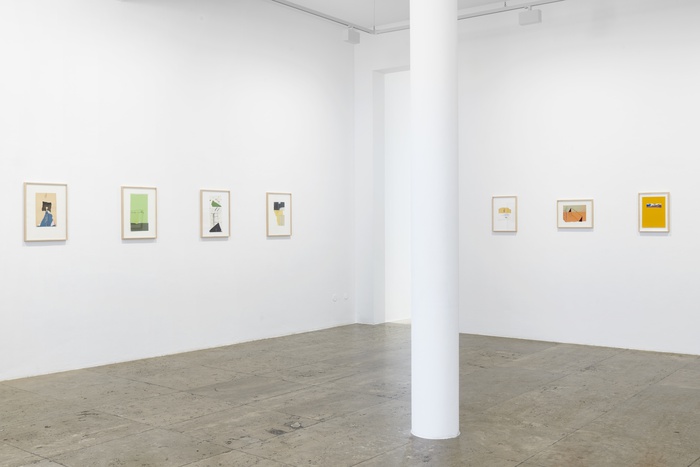
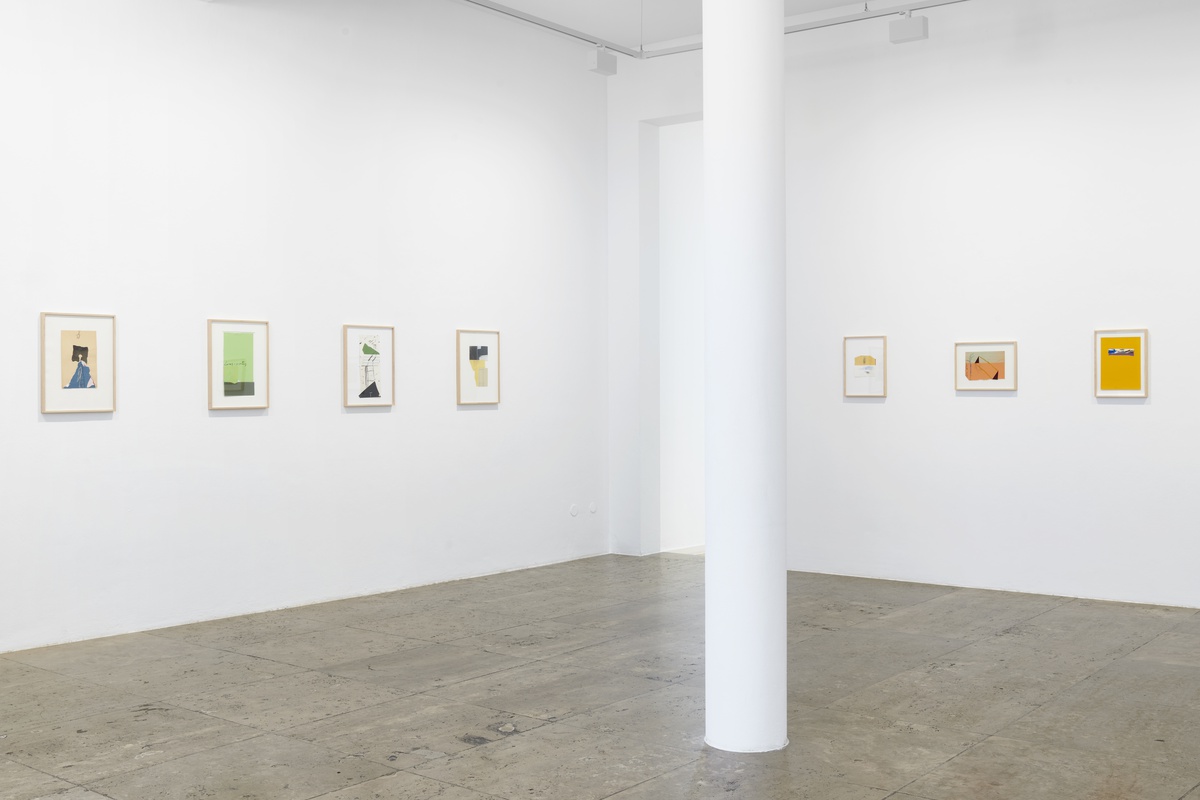
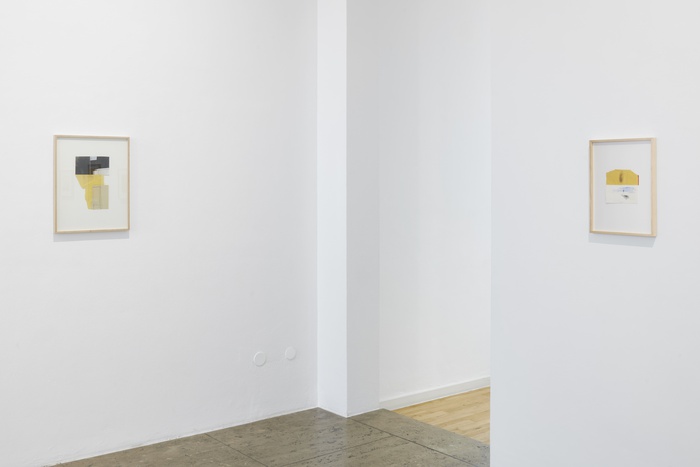
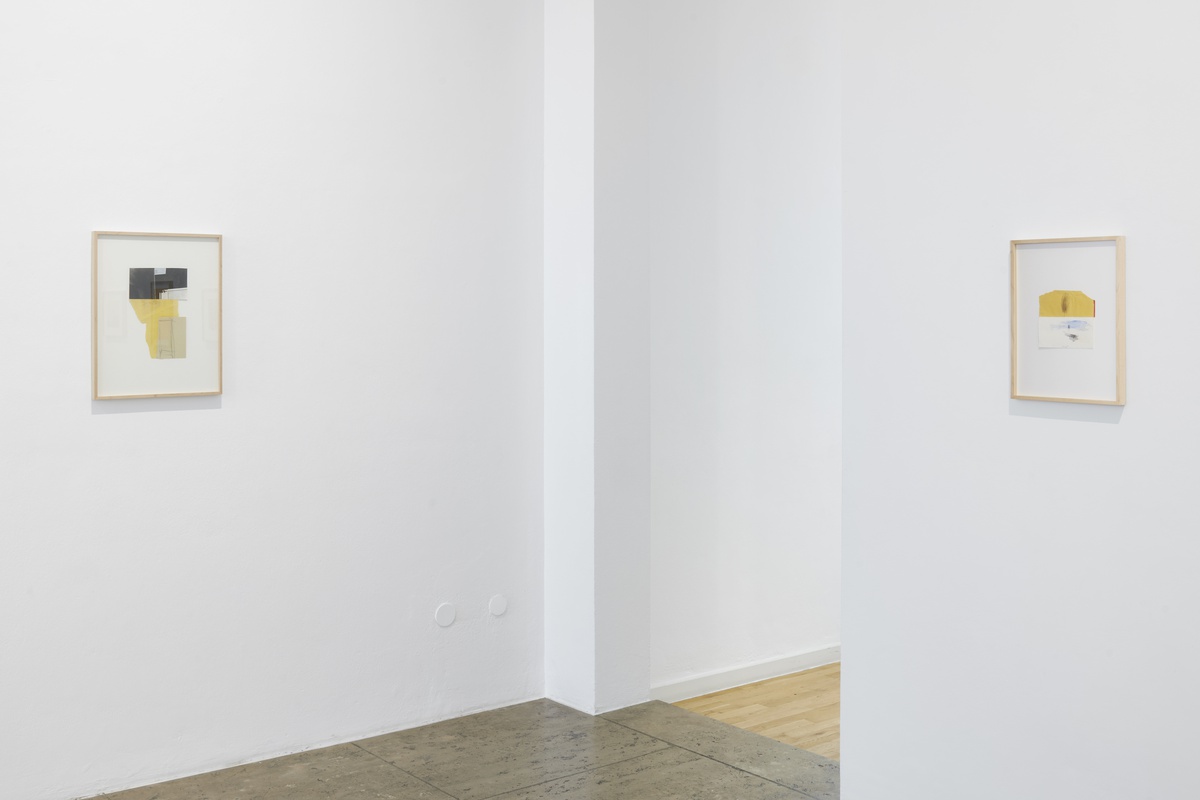

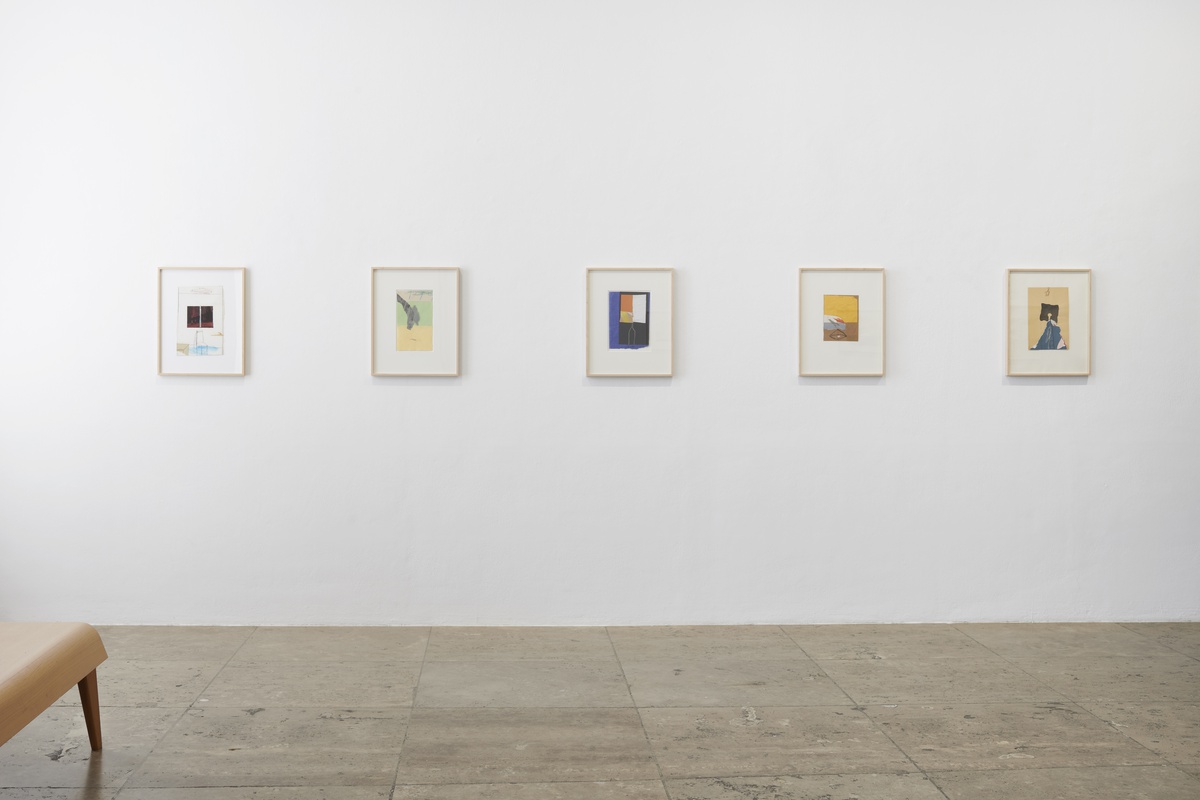
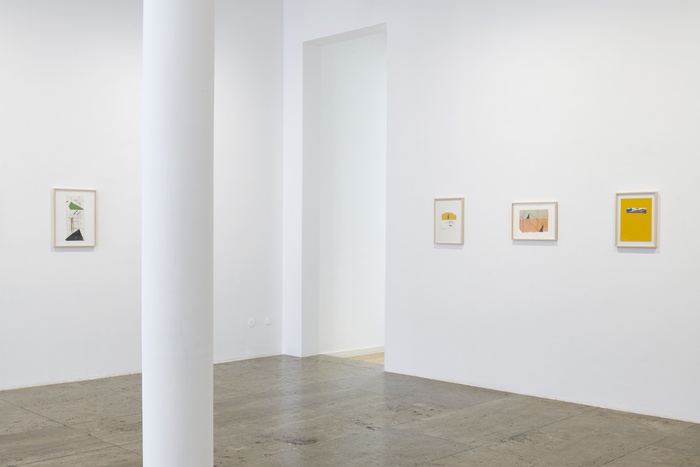
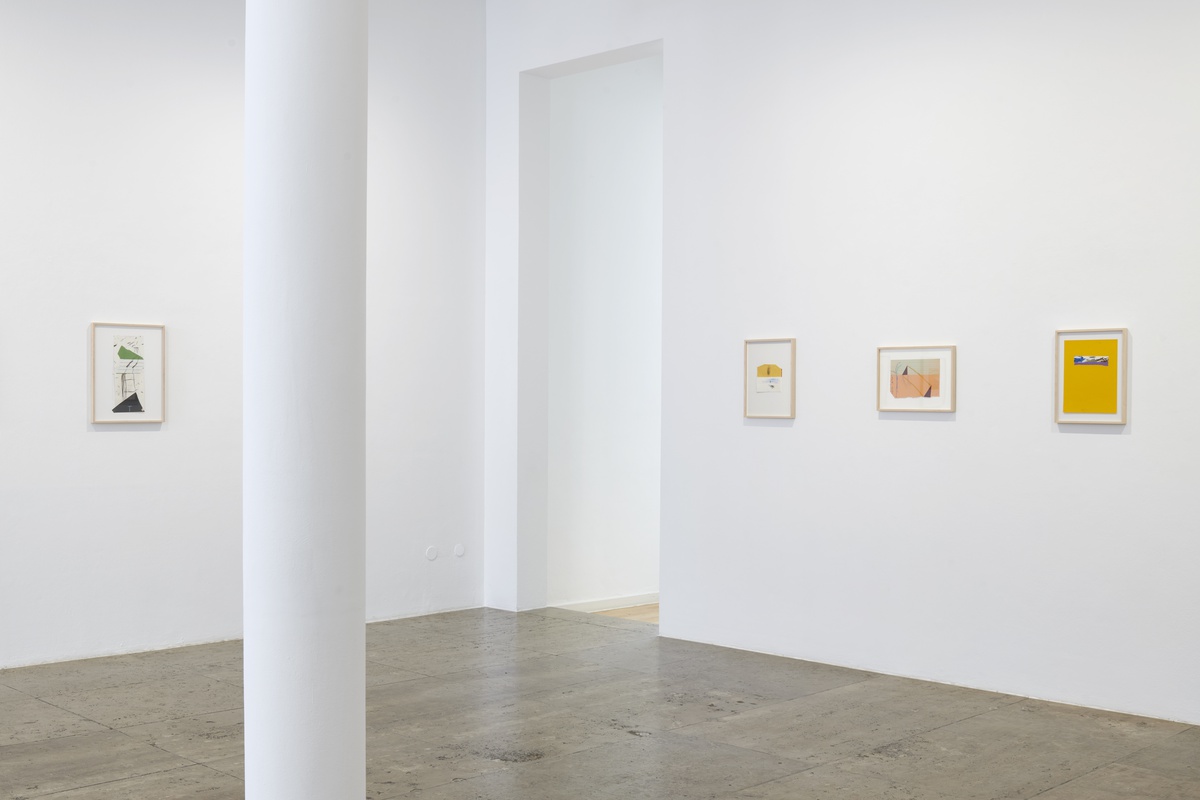
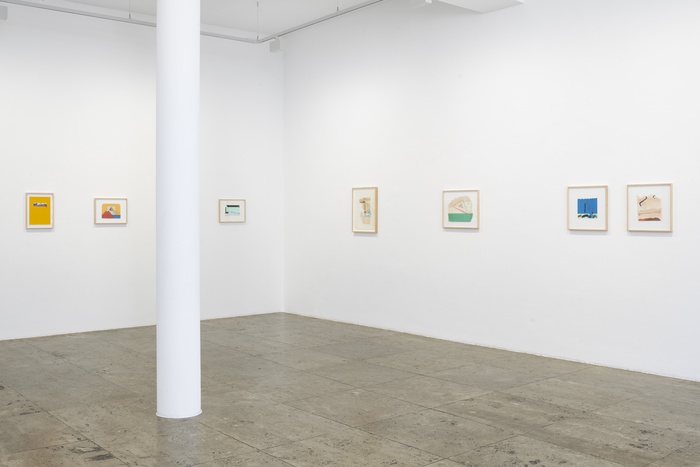
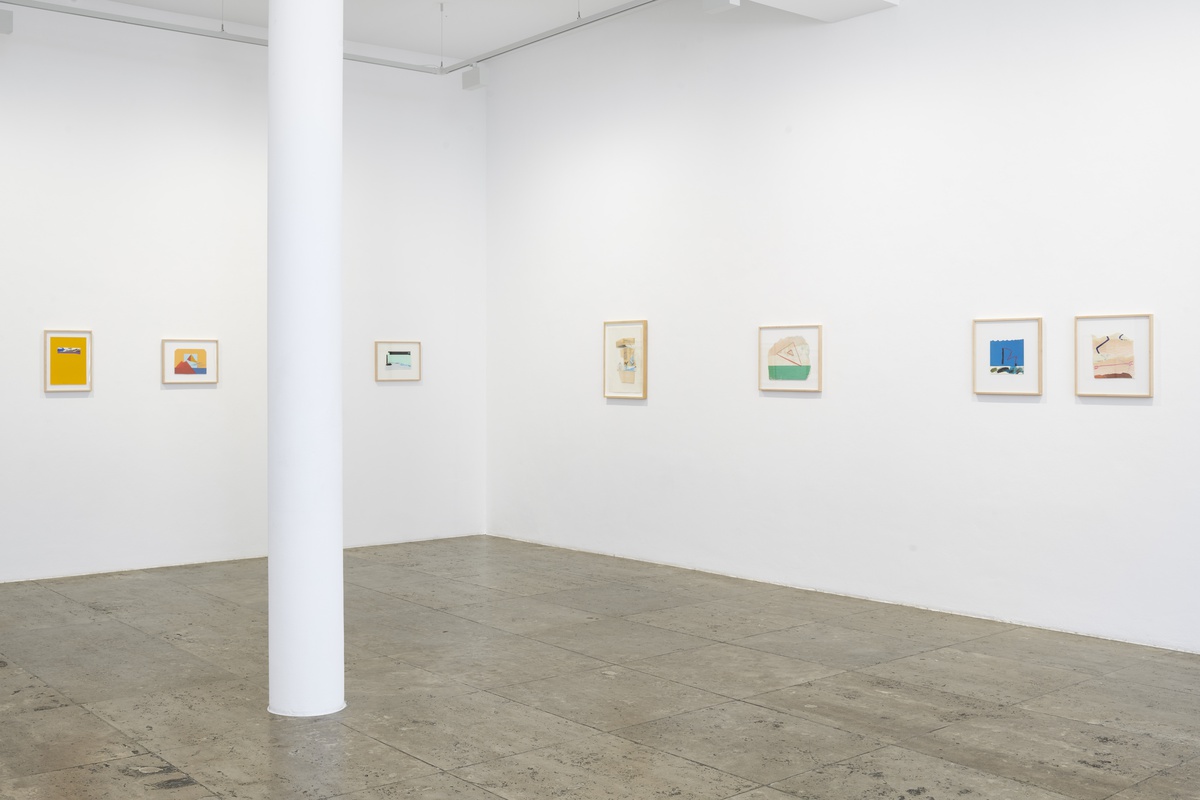
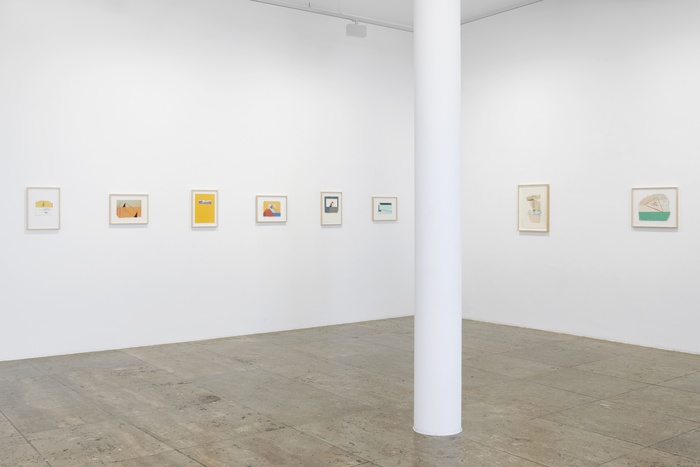
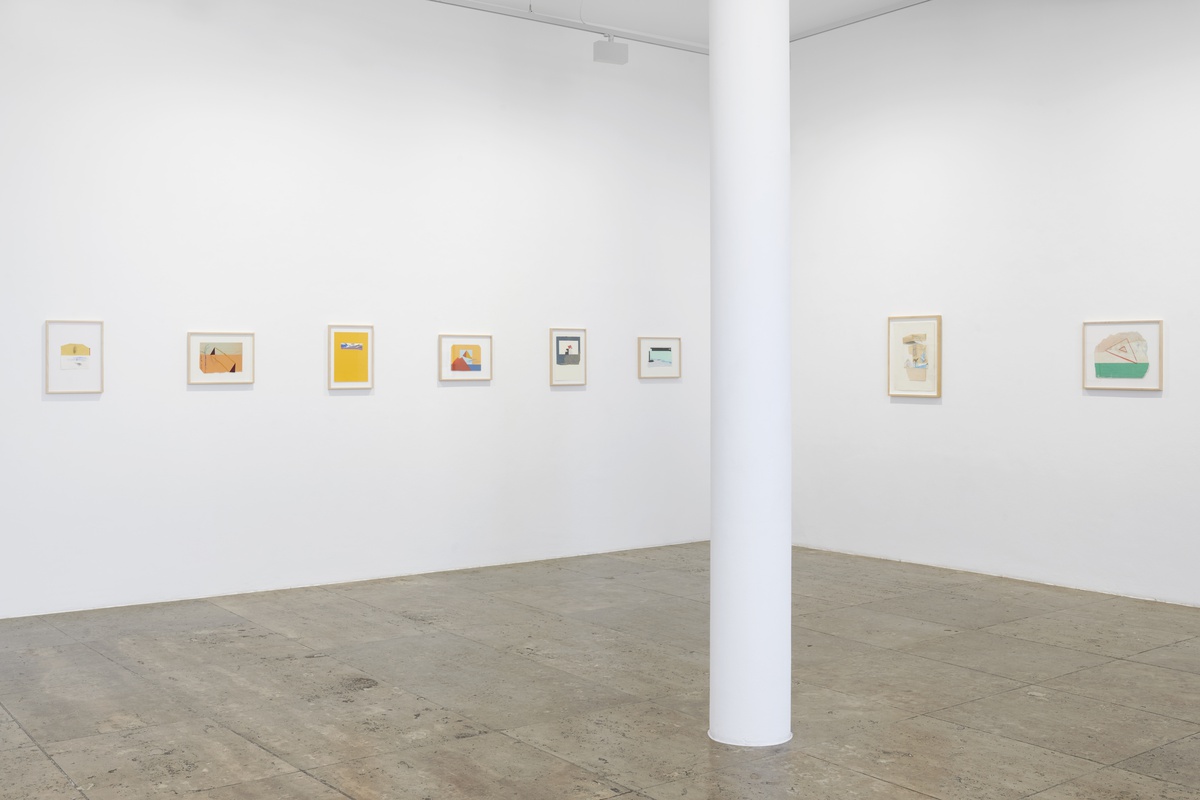
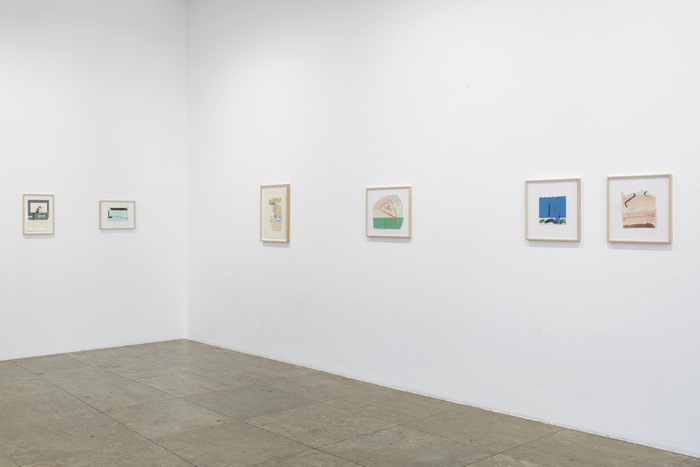
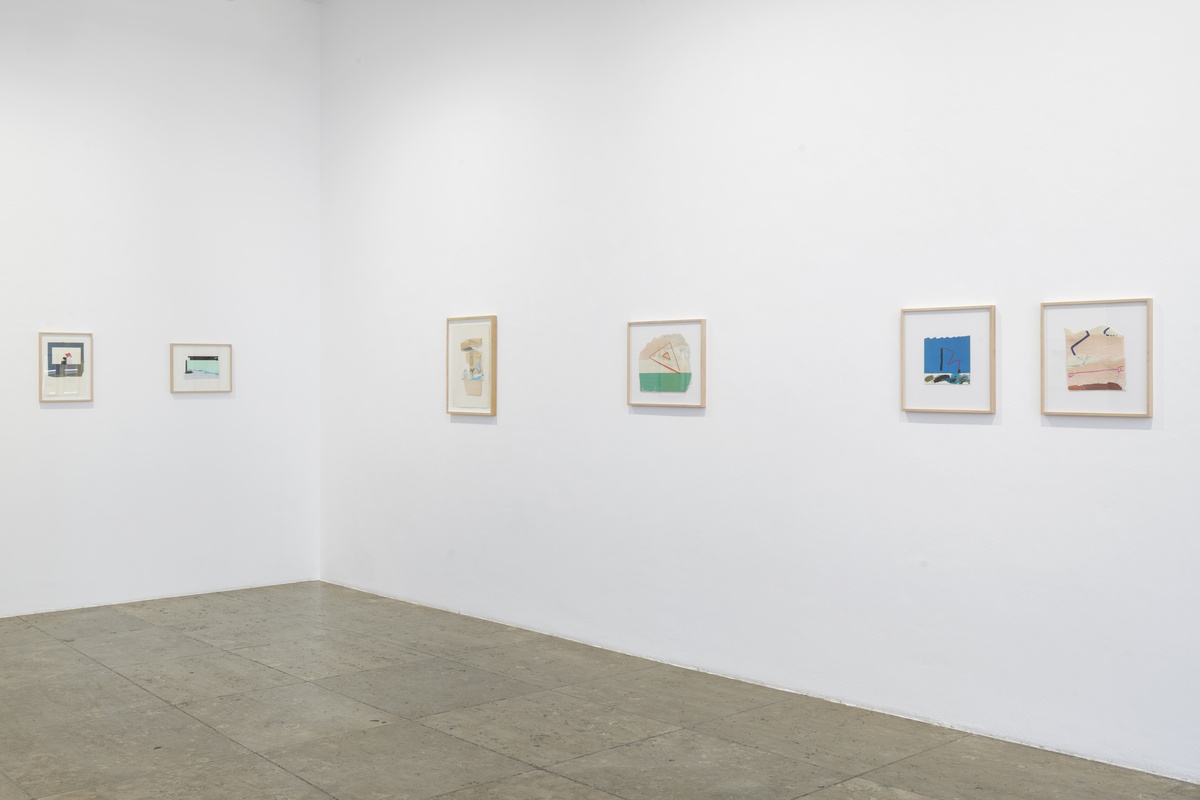
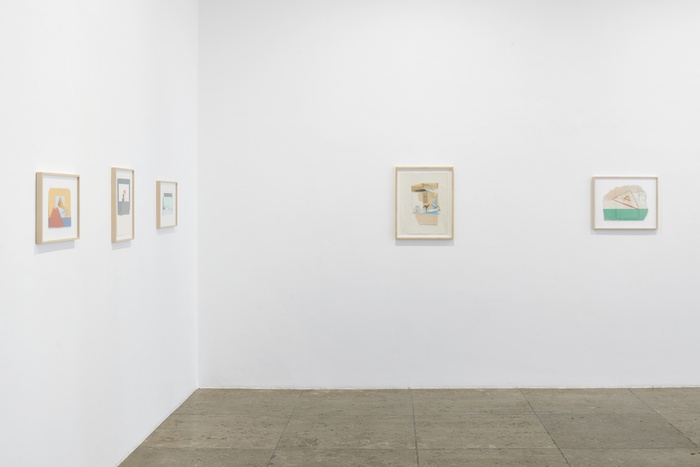
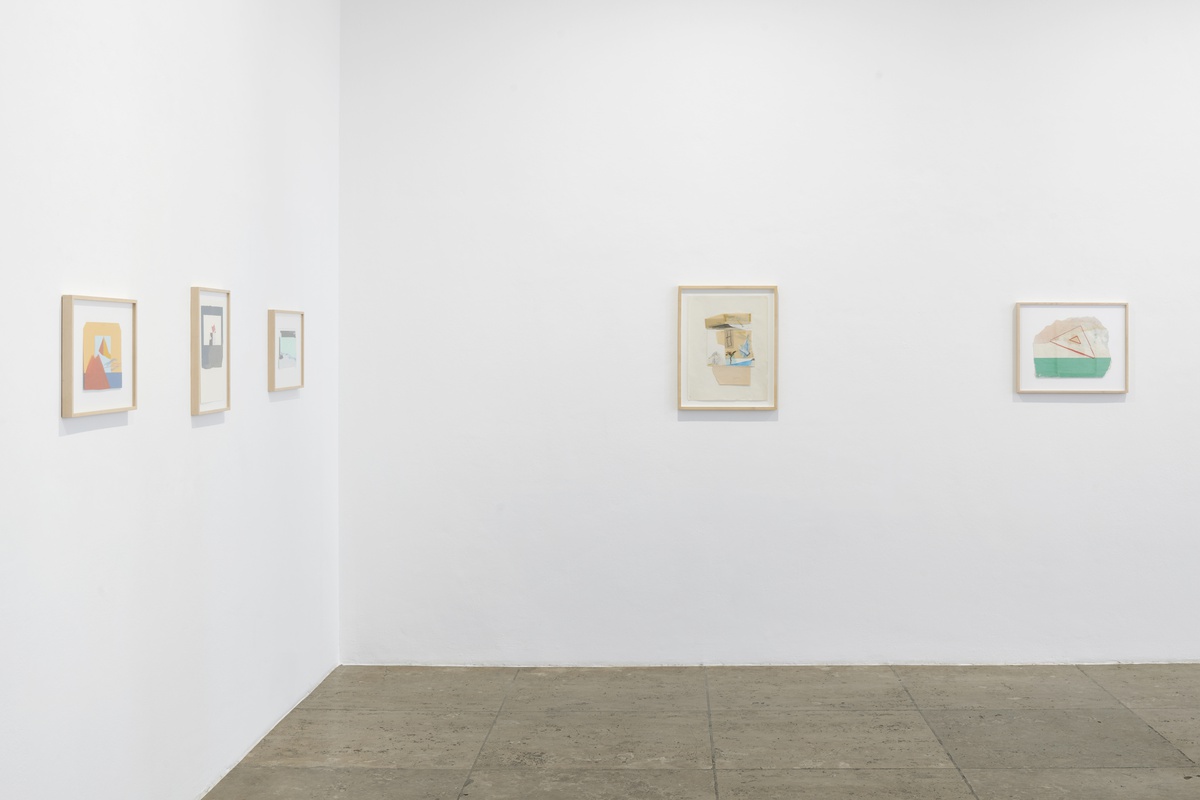
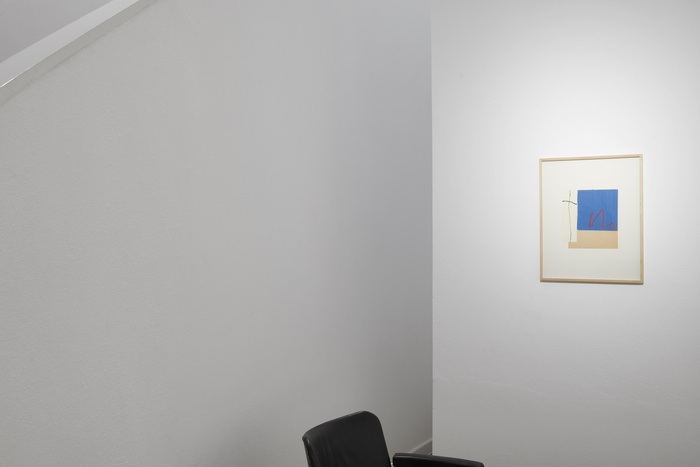
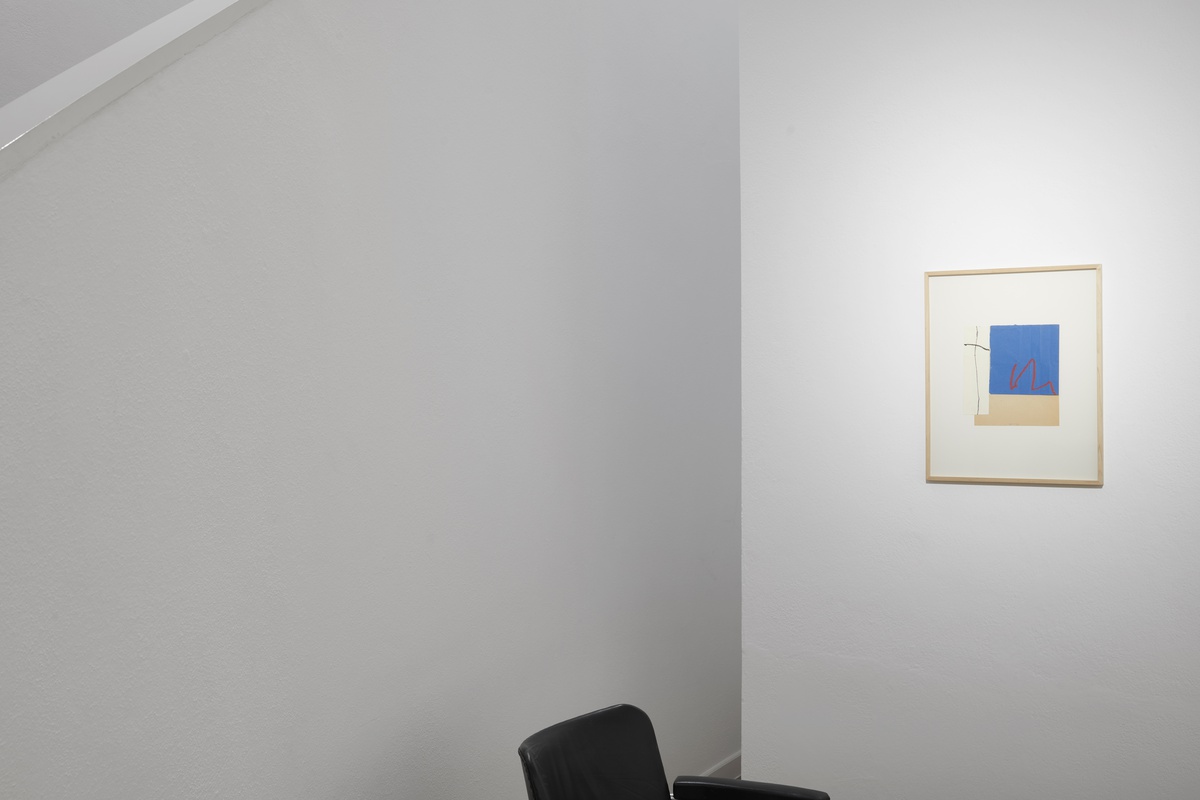
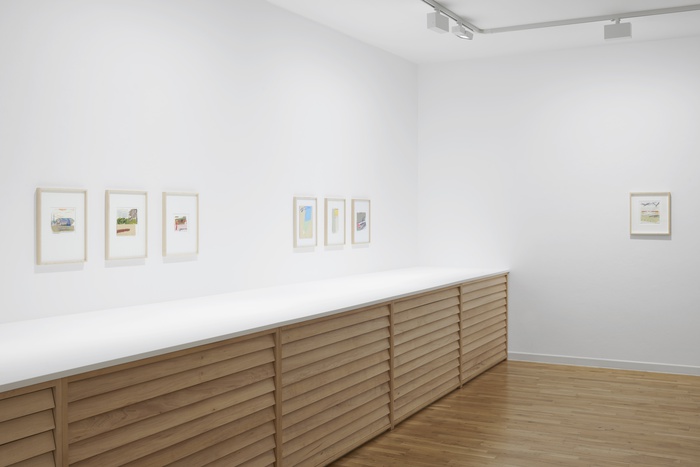
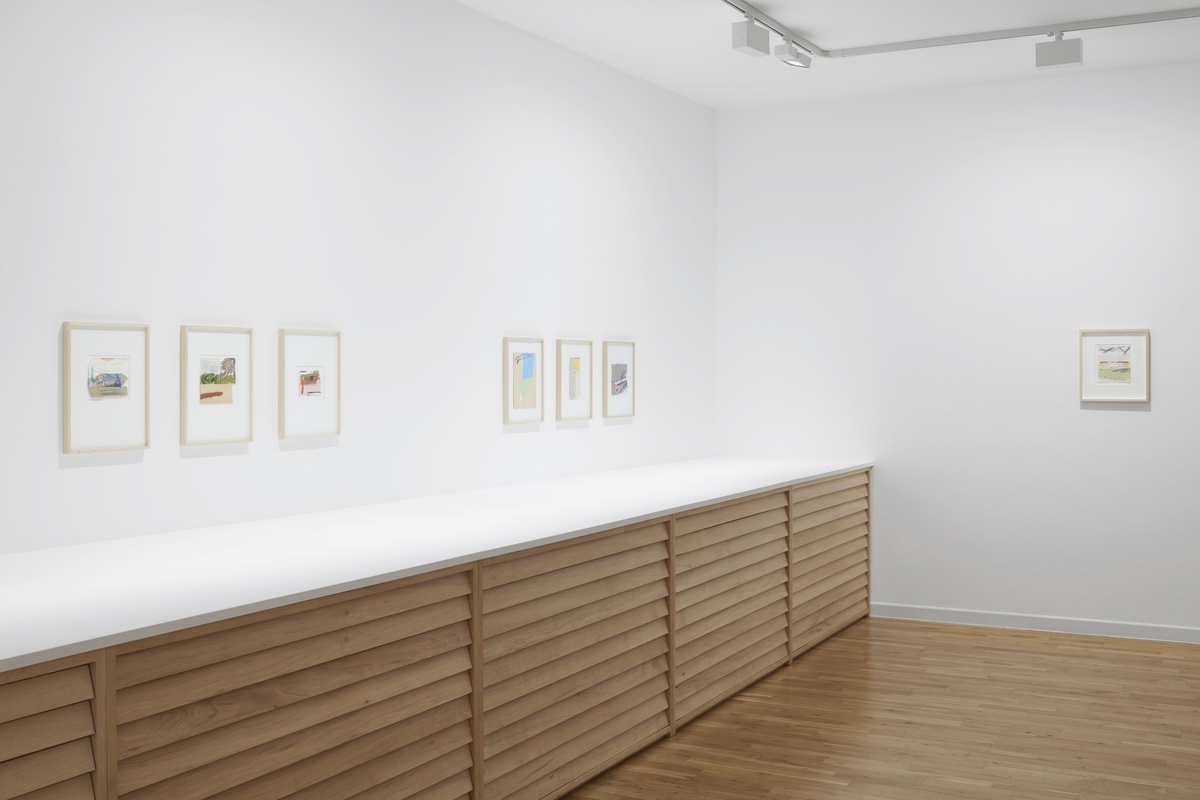
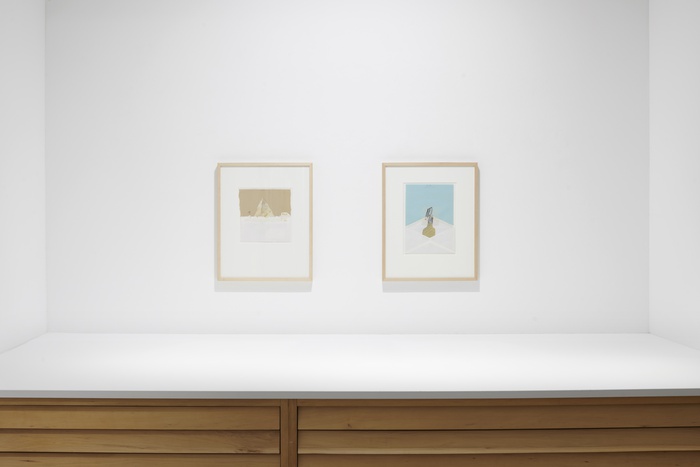
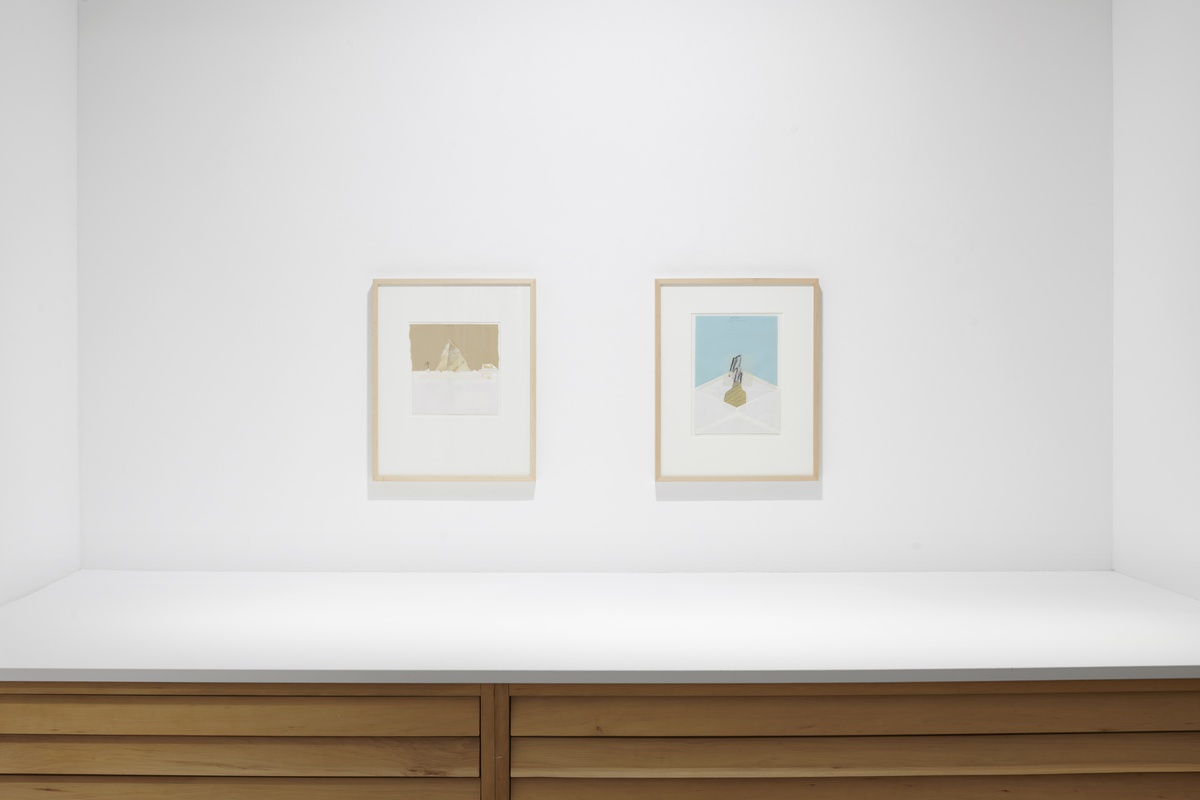
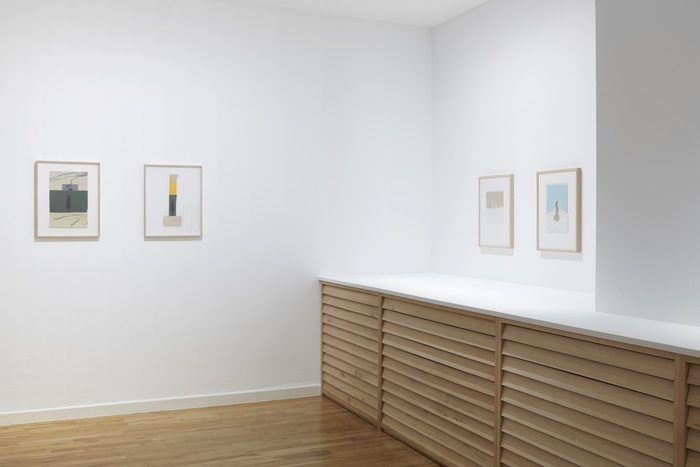
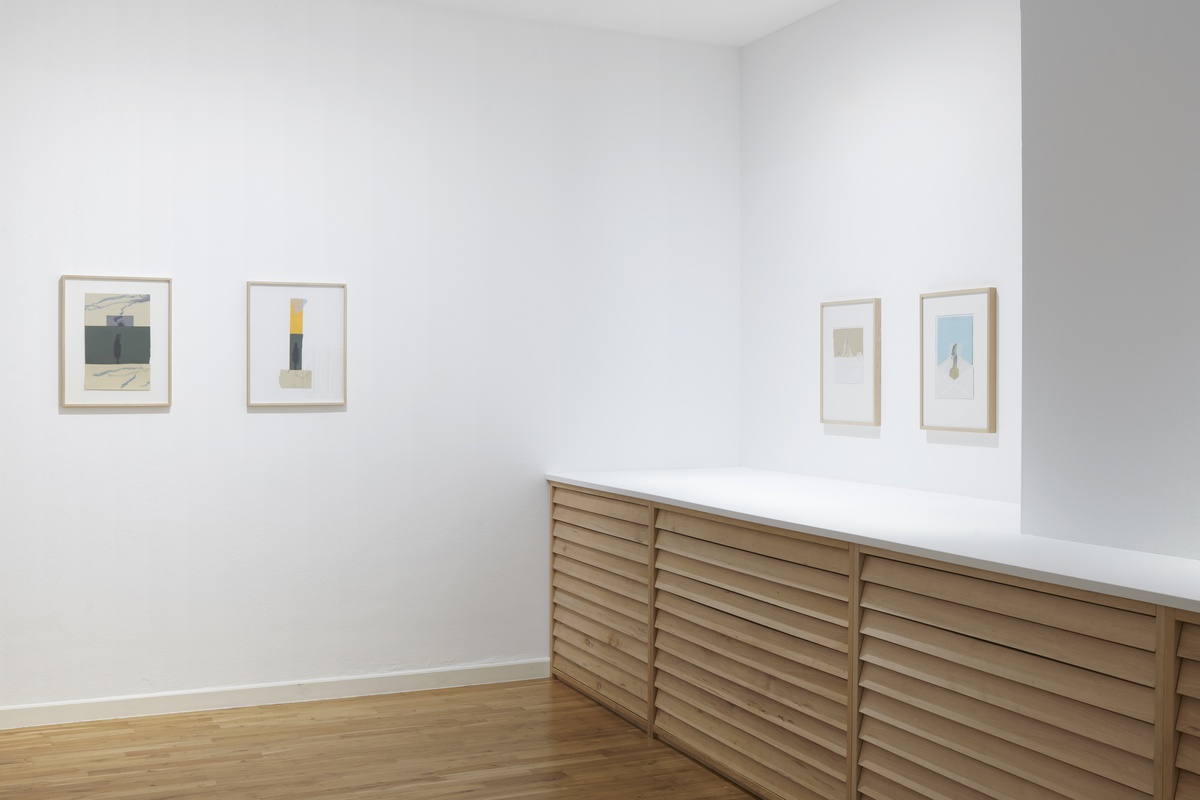
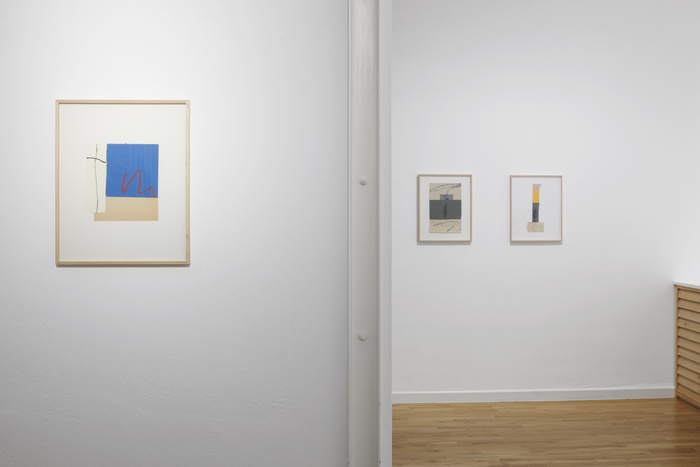
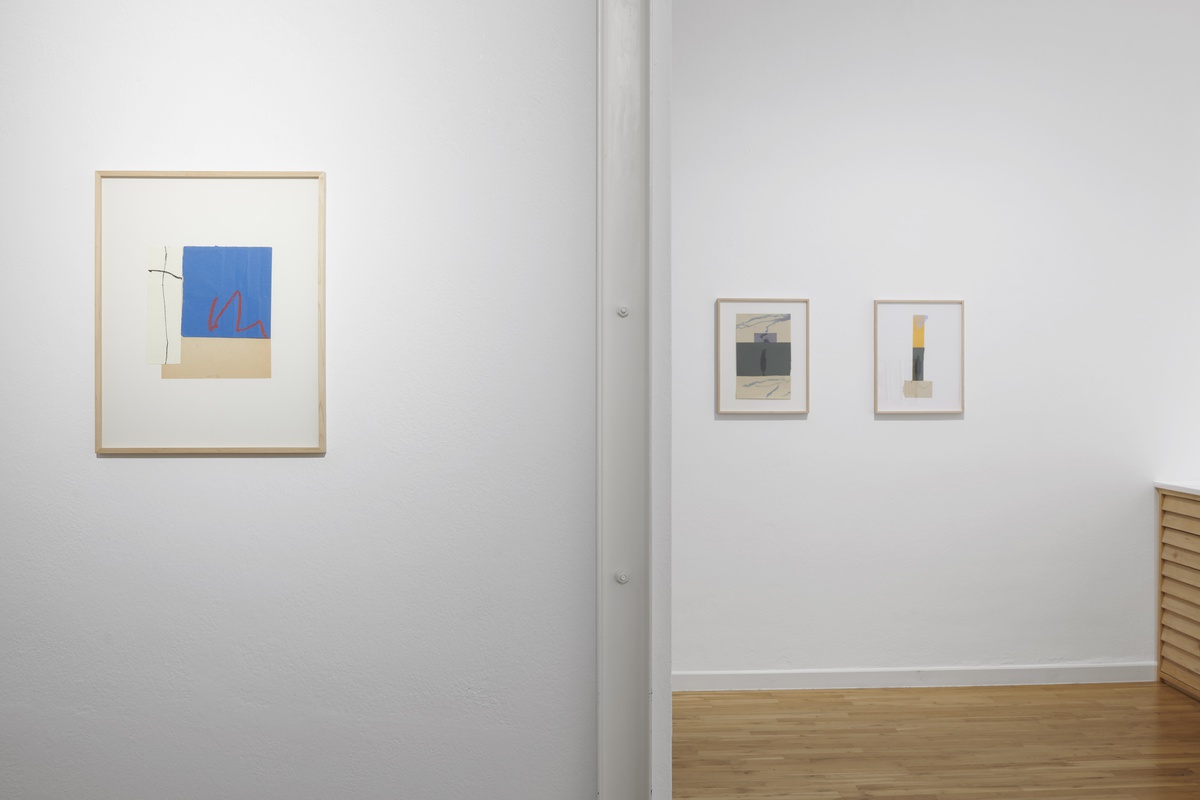
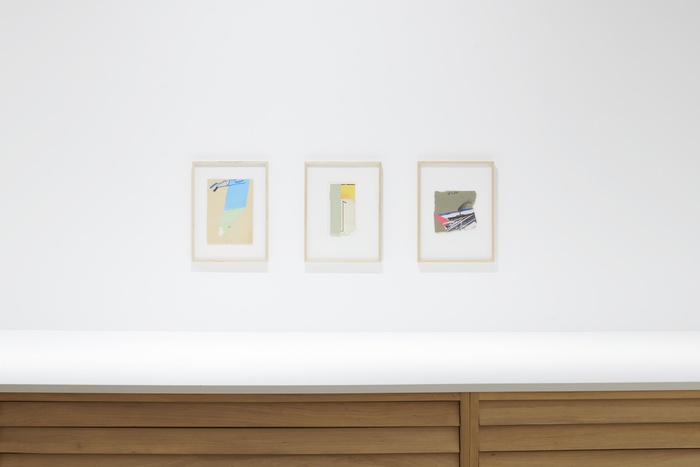
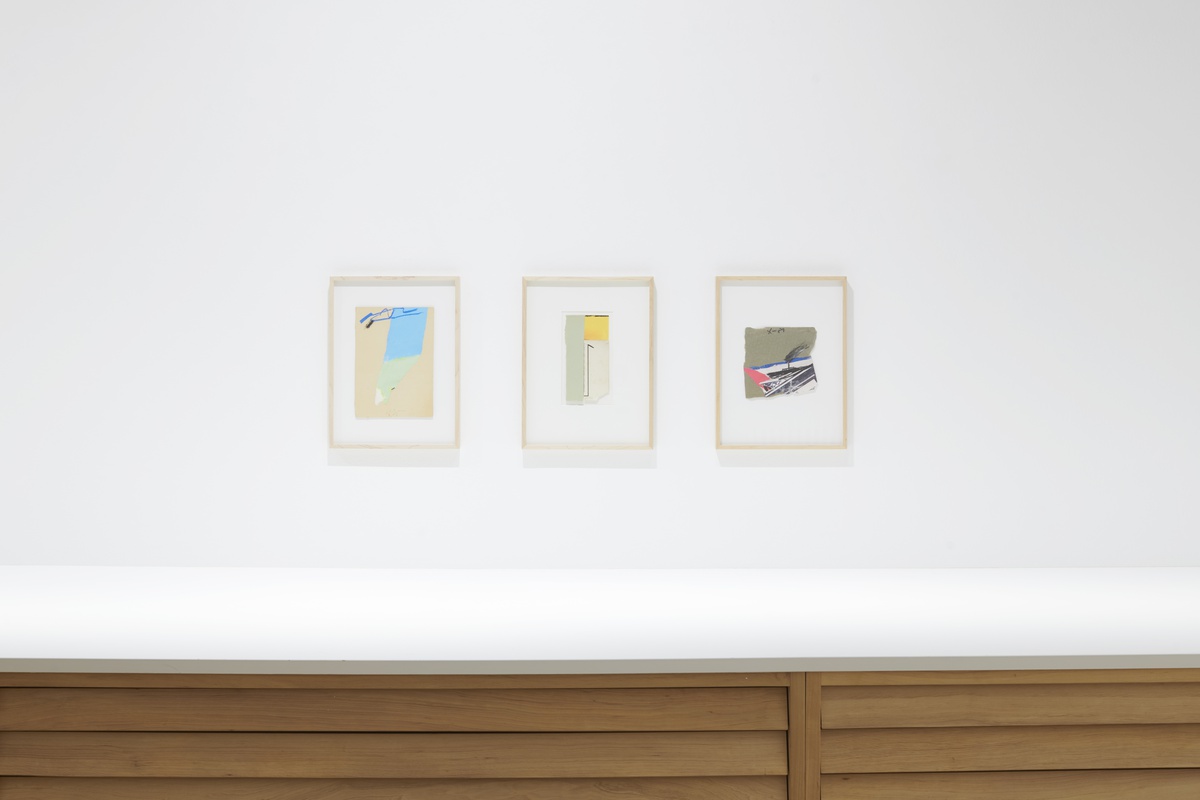
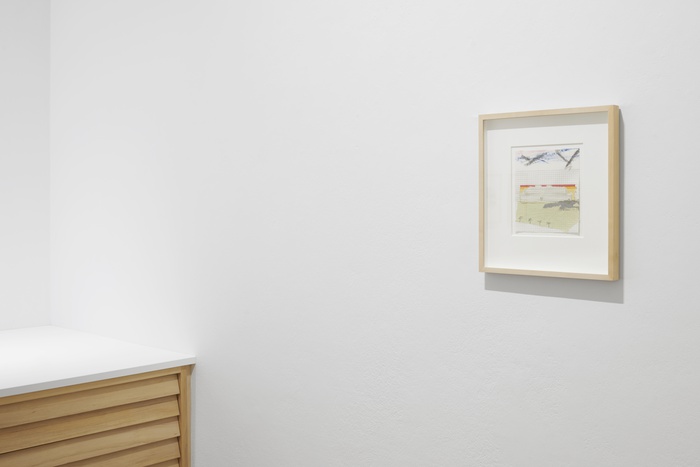
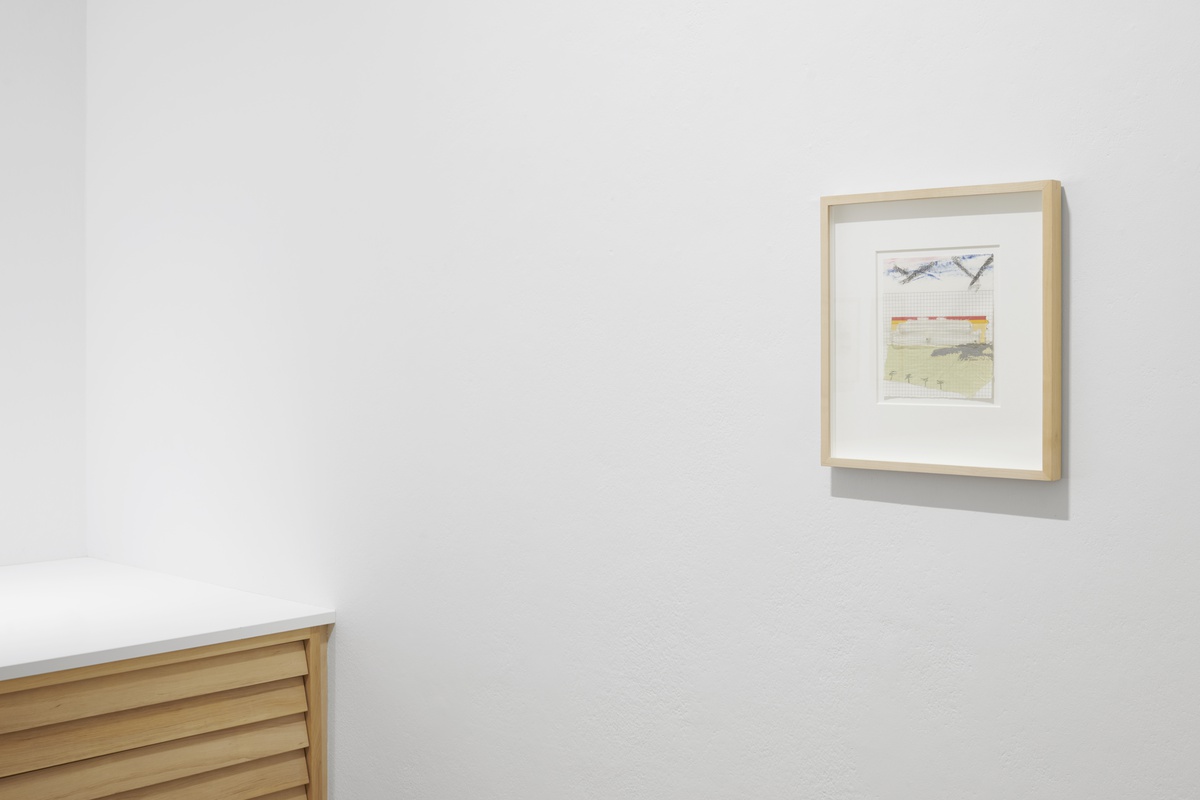
Installation view, Jahn und Jahn, Munich, 2025
Installation view, Jahn und Jahn, Munich, 2025
Installation view, Jahn und Jahn, Munich, 2025
Installation view, Jahn und Jahn, Munich, 2025
Installation view, Jahn und Jahn, Munich, 2025
Installation view, Jahn und Jahn, Munich, 2025
Installation view, Jahn und Jahn, Munich, 2025
Installation view, Jahn und Jahn, Munich, 2025
Installation view, Jahn und Jahn, Munich, 2025
Installation view, Jahn und Jahn, Munich, 2025
Installation view, Jahn und Jahn, Munich, 2025
Installation view, Jahn und Jahn, Munich, 2025
Installation view, Jahn und Jahn, Munich, 2025
Installation view, Jahn und Jahn, Munich, 2025
Installation view, Jahn und Jahn, Munich, 2025
Opening on Thursday, June 26, 6–9pm
Karl Bohrmann
Collages
“Contemplation would be the more correct description of the condition in which I find myself and in which I operate at the same time. Collages are not designed pictures, but above all pictures to be looked at: scraps seen as pictures; pieces, mostly pleasure pieces, on a cardboard stage. Scraps, that mean the world.” (Karl Bohrmann)¹
“In the collages with coloured papers I use colour as a reality, just like the photo in the photo collages. The colour should be seen abruptly as a colour, the drawing as a drawing and only in retrospect, reminiscently connected with each other.” (Karl Bohrmann)²
The exhibition presents a selection of mostly unexhibited collages from the estate of Karl Bohrmann (1928–1998). The artist captured everyday motifs with both accentuated off-handedness and great virtuosity. In addition to painting, print, and photography, his oeuvre, spanning fifty years, is particularly impressive in terms of its comprehensive collection of drawings. Bohrmann’s figures, landscapes, and still lifes, which oscillate between abstraction and figuration, not only testify to the immediacy with which they were made, but achieve maximum vigor as a result of their condensed quality and unpretentiousness. Again and again, an exploration of spatiality – from inside to outside – plays a central role in his work. As such, the line itself becomes an actor; it enters into a tense dialogue with surfaces that are sometimes homogeneous and quiet, sometimes energetic and vibrant. Bohrmann created a multidimensional pictorial cosmos that combined the simple with the poetic, the ephemeral with the permanent, and the quiet with the spontaneous.
“A random scrap of paper often seems to have set Bohrmann’s artistic imagination in motion. Other coloured papers delivered further anwers, but also coloured crayons, strokes of ink, watercolour, oil and graphite pencil. Shape and colour of the collaged papers were involved significantly in the creative process. Playfulness in the broadest sense also played a part in this. The results, however, remain within a manageable iconographic framework: a house, a landscape, a sailboat, a still life. But again and again certain details, for instance a flag, a lamp, a bottle and something similar, bring about a surprising twist. Suddenly, the spacial setting shifts, there is an unexpected accent, the weights within the composition are modified. The pecularity of his method, to treat chance and playfulness not only to a share but to open the whole creative process to it, distinguishes his collages fundamentally from the ones produced by the classic avant-garde. The impression of fragmentation, cut ups, even aggression never arises, an often named trademark of this technique since the collages of the Cubist artists. […] Bohrmann’s collages can be compared to the ones made by Nicolas de Staël, Robert Motherwell and Ellsworth Kelly with regard to the coolness with which the compositions are made. Also in his work the material takes part in the creation of the compostion, but he does not stop at abstract constellations of shapes, instead he sets his playful iconographic imagination in motion in order to enrich his work with the before mentioned motifs. He listens to the messages sent by his materials to find a suitable iconographical interpretation. Therfore, it seems only logical that fragments of letters or envelopes, that were previously used to send messages, are reused as well. […] Of course, it is no longer possible to clarify if Bohrmann had specific adressees in mind and due to the limited range of motifs this is also not a focal point. More importantly, his works radiate the intimacy of personal letters, beyond the typical appearance of artworks made for an audience. At this point one should redirect the attention again to the blissful moments in which the collages were made. The artist sends his messages from a part of the world which is inconspicuous but full of poetry. This impression is not only based on the tenderness of the used materials but the dreamlike security with which the previously heterogeneous elements of the composition are brought into balance. Sometimes it appears that Bohrmann looked for a challenge: to study an unspectacular scrap of paper for as long as it was necessary in order to establish a harmony that was never designed too easily. An unmistakable sense of space is crucial for this practice which is created mainly by the use of colours which often take the role of “empty” areas within the composition but are essentially full of energy breathing life into the other pictorial elements. […] In praise of slowness, this can be called the basic principle of Bohrmann’s art. However, this attitude does not only include the calm and serenity that the finished work conveys, but above all the patience while creating them, which show no sign of compulsion.” (Siegfried Gohr)³
Karl Bohrmann (Mannheim 1928–1998 Cologne), 1947–1948 Schule für Kunst und Handwerk in Saarbrücken; 1948-1949 Staatliche Akademie der Bildenden Künste in Stuttgart (class of Willi Baumeister). 1959–1998 lives in Munich, Frankfurt a. M., Düsseldorf, Amsterdam and Cologne. Awards and prizes: 1952–1954 scholarship of Rhineland-Palatinate; 1964 Premio Lugano; 1969 German Prize Mostra Biennale Internazionale della Grafica, Florence; 1976 Art Prize Rhineland-Palatinate; 1982 scholarship Villa Romana, Florence; 1984 special guest Villa Massimo, Rome; 1987 Art Prize for Artists, Düsseldorf; 1972–1980 teaching position at the Städelschule (Staatliche Hochschule für Bildende Künste) and director of the Städel Evening Classes, Frankfurt a. M. Works by the artist can be found in important collections ranging from the Bavarian State Painting Collections in Munich to the Museum of Modern Art in New York.
Selected solo exhibitions: 2025 Kunstparterre, München; 2024 Kunstraum21, Krefeld; 2019 Jahn und Jahn, Munich; 2018 Richard Haizmann Museum Niebüll, Museum für moderne Kunst, Niebüll; 2017 Galerie Friese, Berlin; 2016 Akademie der Schönen Künste, Munich; 2013 Kulturverein Zehntscheuer, Rottenburg am Neckar; 2013 Galerie Friese, Stuttgart; 2012 Galerie Rhomberg, Innsbruck; 2012 Galerie Fred Jahn, Munich; 2012 Schönewald Fine Arts, Düsseldorf; 2011 Wolfram Völcker Fine Art, Berlin; 2010 Galerie Mike Karstens, Münster; 2008 Galerie Fred Jahn, Munich; 2007 Staatliche Graphische Sammlung, Pinakothek der Moderne, Munich; 2006 Altana Kulturforum, Sinclair-Haus, Bad Homburg vor der Höhe; 2002 Kunstverein Eislingen; 1998 Frankfurter Kunstverein, Frankfurt a. M.; 1997 Museum der Stadt Ratingen; 1997 Stiftung Museum Schloss Moyland, Sammlung van der Grinten, Joseph Beuys, Archiv des Landes Nordrhein-Westfalen, Bedburg-Hau; 1997 Staatliche Graphische Sammlung, Neue Pinakothek, Munich; 1997 Museum Pfalzgalerie, Kaiserslautern; 1992 Van Reekum Museum, Apeldoorn, 1991 Mannheimer Kunstverein; 1988 Mittelrheinisches Landesmuseum, Mainz; 1988 Kunstverein Ludwigshafen; 1988 Kunstverein Freiburg; 1987 Städtische Galerie Lüdenscheid; 1986 Niederrheinischer Kunstverein, Wesel; 1985 Grafiek Centrum, Haarlem; 1981 Kunstverein Ingolstadt; 1981 Städtische Galerie Erlangen; 1980 Städtische Galerie im Lenbachhaus, Munich; 1973 Landesmuseum Oldenburg.
The exhibition will be accompanied by an exhibition of early works by Karl Bohrmann at Kunstparterre, Nördliche Auffahrtsallee 29, Munich.
13.7.–23.8.2025
Opening on Sunday, July 13, 11am–6pm
further information
1 Karl Bohrmann, Notizen 1972-1986, with an afterword by Michael Semff, Sieveking Verlag, Munich 2022, p.15.
2 Ibid., p.47.
3 Excerpt from an essay by Siegfried Gohr, in: Karl Bohrmann, Collagen und Arbeiten auf Nessel 1983-1994, cat.exh., published by Galerie Fred Jahn, Munich and Schönewald Fine Arts, Düsseldorf 2012, p.7-11.
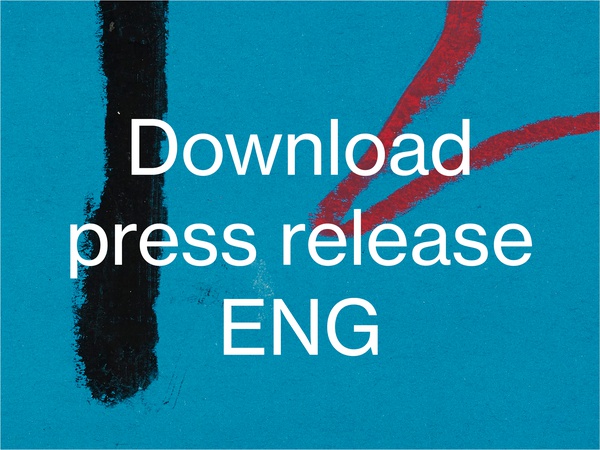
Dossier_Bohrmann_withoutprices.pdf (1.0 MB)